Trident: Powerful Religious Symbol Found In Many Ancient Cultures
Angela Sutherland - AncientPages.com - According to Greek legends, Poseidon (equated with the Roman god Neptune) possessed a magical trident. When angry, the Greek god of the sea could cause storms, tsunamis, and earthquakes, submerge lands and islands and split rocks with his magical trident.
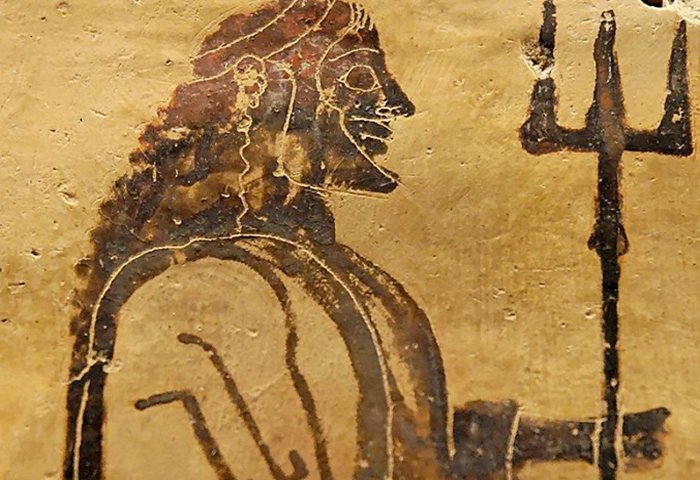 Poseidon with his trident, Corinthian plaque, 550–525 BC. From Penteskouphia. Public Domain
Poseidon with his trident, Corinthian plaque, 550–525 BC. From Penteskouphia. Public Domain
With this powerful three-pronged spear, he could finally bring back peacefulness again. Poseidon's divine trident was created by the Cyclops, the giants skillful in metallurgy.
"In the hands of Poseidon or Neptune, the trident has a practical use, since it emulates the shape of one of the earliest fishing implements. Poseidon uses it to control the seas, so it is a symbol of authority. Because of its association with water, the trident is the alchemical symbol for this element.
"Where a trident has three prongs of even length, it is a secret symbol of the Cross of Christianity. However, Satan is often seen harrying the souls in hell with a trident. It is likely that he is depicted with it in order to associate him with the pre-Christian Gods who also used it.
This versatile three-pronged tool is also a fire symbol—the prongs look like flames—and it is, therefore, a symbol of thunderbolts and lightning. As such, many of the sky Gods carry a trident, too. These include Thor or Wotan of Norse mythology..." 1
Kongo - Trident-Shaped Staff With Powers
In Japanese mythology, a Kongo (kongose) is another, spectacular, trident-shaped staff, which emits bright light in the darkness. The Kongo grants wisdom and insight, and today is not considered a weapon but rather a kind of ritual object called the Kongo vajra (meaning thunderbolt).
In Japanese legends, the Kongo vajra was a formidable weapon that belonged originally to the Japanese mountain god Koya-no-Myojin.
However, the Kongo remains among many other puzzling objects that have survived to our time.
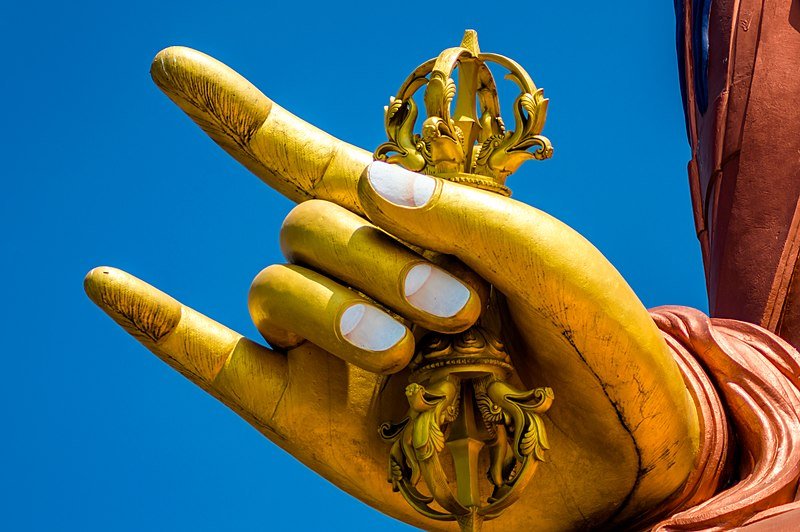 In Vajrayana Buddism, the traditional vajra is used in various rituals. source
In Vajrayana Buddism, the traditional vajra is used in various rituals. source
This weapon-like staff has usually sharp, dagger-like prongs, which number varies from one, three, five, and even more prongs on each end. It is said that the three prongs of the trident symbolize the past, present, and future, or possibly also Heaven, Earth, and Hell.
Some of them are beautifully decorated with Buddhist jewel designs.
Legend has it, this Kongo is the equivalent of the Sanskrit Vajra, which is called ‘dorje’ in Tibet, in China - 'jingang’ and in Mongolia – ochir.
Trishula (Trident) In Hands Of Vedic Gods
The trident of Poseidon had powers closely related to the sea and is deeply rooted in the beliefs of the people living near the sea or other large bodies of water. The Kongo Vajra, on the other hand, was believed to be particularly dangerous in the clouds as used by the gods linked with storms, lightning, and thunderstorms.
One such god is the ancient Vedic deity Apam Napata (“son of waters”) who dwells surrounded by waters, which give him gaining strength in them, is connected with rivers. And, at the same time, the name Apam Napata is an epithet of the fire god Agni who rides a ram and is holding the trident and is sometimes identified with him. Apam Napata is the Universal Self, the fire of glory (or the son of the ocean).
'Trishula' (Sanskrit for "triple-spear") is a mysterious symbol of great importance in India.
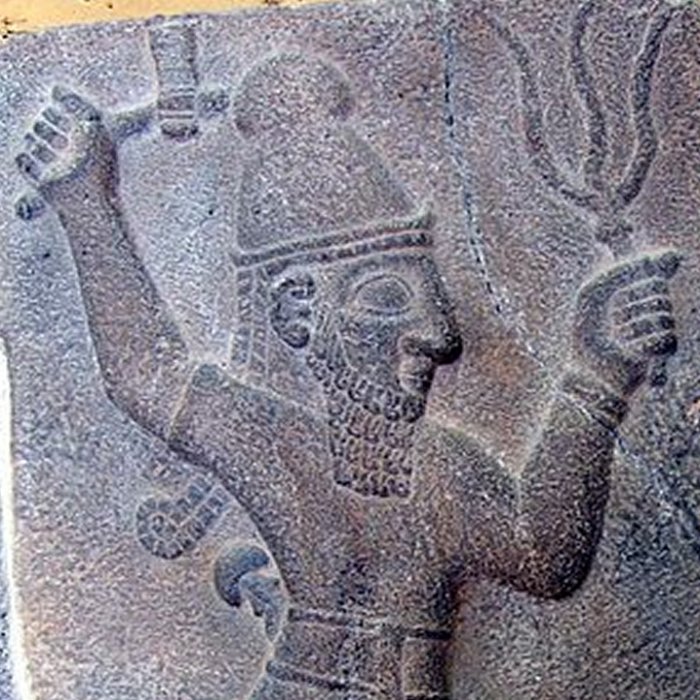 The Hittite weather-god Teshub, wielding a thunderbolt and an ax. A bas-relief at Ivriz. Image credit: Maur - Public Domain
The Hittite weather-god Teshub, wielding a thunderbolt and an ax. A bas-relief at Ivriz. Image credit: Maur - Public Domain
In Hindu mythology, 'trishula' was the weapon of Shiva, the destroyer, the most powerful god of the Hindu pantheon, and one of the members in the Hindu Trinity. The trident in his hand possessed three prongs, which reflected Shiva’s function as creator, destroyer, and preserver. It also symbolized Shiva's monogram or was the representation of the Law (Dharma). Vishnu worshippers believed that the trident is their god's footprint.
Worshippers of Shiva paint the sign of the trident on their foreheads as a visible symbol.
The Sanskrit Vajra was the indestructible lightning-diamond pounder of Indra, a Vedic deity in Hinduism, the chief god of the heavens and of the East.
Genghis Khan And Tamga
Another holder of the trident was the great Genghis Khan, Mongolia’s great warlord. The trident was his personal tribal sign (tamga) and this sign was crowned with the sacred banner-Sulede (sulde) - the Genghis Khan standard (trident over nine hanging bunches of yak tail hair).
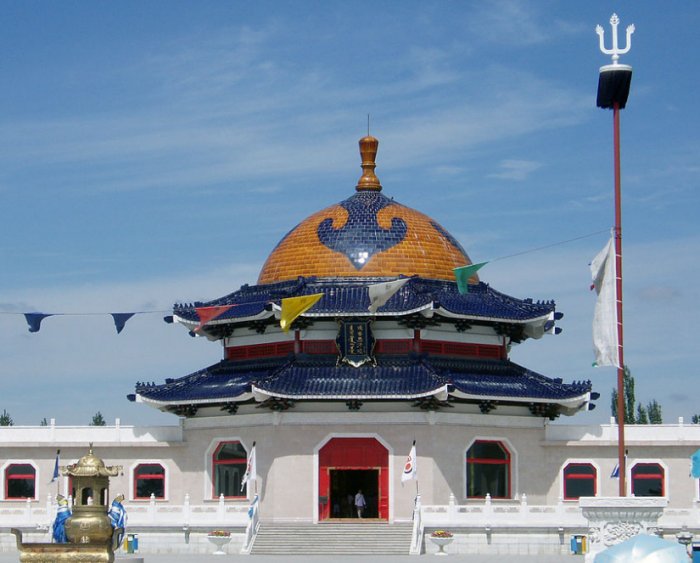 Mausoleum of Genghis Khan in Ordos, Inner Mongolia, China. Image credit: Fanghong - CC BY-SA 3.0
Mausoleum of Genghis Khan in Ordos, Inner Mongolia, China. Image credit: Fanghong - CC BY-SA 3.0
The trident sign that decorates the stele installed at Genghis Khan’ s birthplace, was believed to have brought fortune and triumph to Genghis Khan's cavalry some 800 years ago.
One legend has it that Genghis asked for power and help from God and suddenly a dazzling light flickered in the sky and the trident-like weapon floated over the heads of his army.
Written by – A. Sutherland - AncientPages.com Senior Staff Writer
Copyright © AncientPages.com All rights reserved. This material may not be published, broadcast, rewritten or redistributed in whole or part without the express written permission of AncientPages.com
Expand for referencesReferences:
- Nozedar, A. The Element Encyclopedia of Secret Signs and Symbols
Marshall R. Noah's Ark and the Genesis 10 Patriarchs
Gannon A. The Iconography of Early Anglo-Saxon Coinage: Sixth to Eighth Centuries
More From Ancient Pages
-
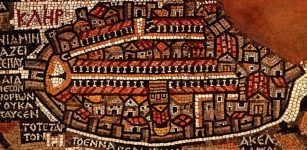 Stunning Madaba Map: Oldest Known Mosaic Built Of Two Million Stone Cubes
Civilizations | Jun 16, 2017
Stunning Madaba Map: Oldest Known Mosaic Built Of Two Million Stone Cubes
Civilizations | Jun 16, 2017 -
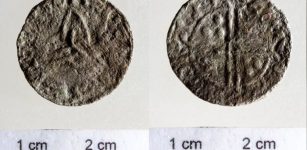 Surprising Discovery Of Ancient Silver Coin Depicting Viking King Harald Hardrada In Hungary
Archaeology | Jun 20, 2022
Surprising Discovery Of Ancient Silver Coin Depicting Viking King Harald Hardrada In Hungary
Archaeology | Jun 20, 2022 -
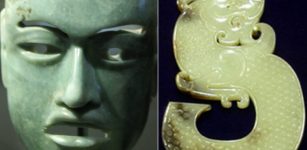 Secret Ancient Powers Of Jade: Sacred Green Healing Stone That Can Conquer Time And Guarantee Immortality
Artifacts | Oct 1, 2016
Secret Ancient Powers Of Jade: Sacred Green Healing Stone That Can Conquer Time And Guarantee Immortality
Artifacts | Oct 1, 2016 -
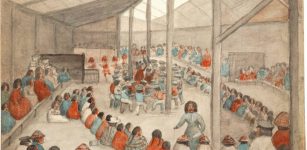 Potlatch: Ancient North American Indian Tradition Of Very Generous Gift Giving
Ancient Traditions And Customs | Sep 12, 2016
Potlatch: Ancient North American Indian Tradition Of Very Generous Gift Giving
Ancient Traditions And Customs | Sep 12, 2016 -
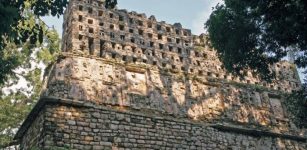 On This Day In History: Mayan King Bird Jaguar IV Assumes The Throne – On May 3, 752
News | May 3, 2016
On This Day In History: Mayan King Bird Jaguar IV Assumes The Throne – On May 3, 752
News | May 3, 2016 -
 Has Yorkshire’s Lost Underwater Town Ravenser Odd Finally Been Found?
News | Mar 26, 2022
Has Yorkshire’s Lost Underwater Town Ravenser Odd Finally Been Found?
News | Mar 26, 2022 -
 Birka Artifacts Shed Light On Vikings’ Daily Life
Artifacts | Jun 24, 2019
Birka Artifacts Shed Light On Vikings’ Daily Life
Artifacts | Jun 24, 2019 -
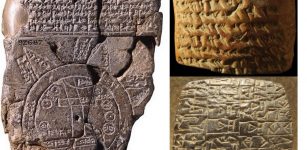 Cuneiform Tablets: One Of The Earliest Systems Of Writing Invented By The Sumerians
Civilizations | May 8, 2017
Cuneiform Tablets: One Of The Earliest Systems Of Writing Invented By The Sumerians
Civilizations | May 8, 2017 -
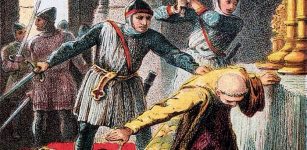 Murder Of Archbishop Thomas Becket: One Of Most Famous Crimes Of Middle Ages
Featured Stories | Jan 6, 2017
Murder Of Archbishop Thomas Becket: One Of Most Famous Crimes Of Middle Ages
Featured Stories | Jan 6, 2017 -
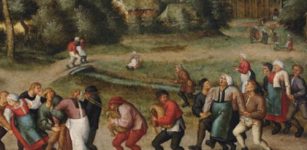 Unexplained Phenomenon Of The Dancing Mania That Occurred During The Middle Ages
Featured Stories | Aug 1, 2014
Unexplained Phenomenon Of The Dancing Mania That Occurred During The Middle Ages
Featured Stories | Aug 1, 2014 -
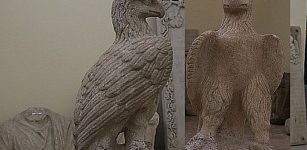 Two 2,000-Year-Old Marble Eagle Statues Found In Anatolian Hellenistic Temple
Archaeology | Aug 12, 2019
Two 2,000-Year-Old Marble Eagle Statues Found In Anatolian Hellenistic Temple
Archaeology | Aug 12, 2019 -
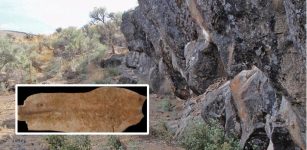 18,000-Year-Old Relics Discovered In Oregon – Oldest Home In North America?
Archaeology | Jul 12, 2023
18,000-Year-Old Relics Discovered In Oregon – Oldest Home In North America?
Archaeology | Jul 12, 2023 -
 Cousin-Marriages Were Uncommon In The Ancient World
Archaeology | Sep 14, 2021
Cousin-Marriages Were Uncommon In The Ancient World
Archaeology | Sep 14, 2021 -
 Startling Discovery Of Nubian Levallois Technology In Shukbah Cave Re-Writes Ancient History Of Neanderthals And Homo Sapiens
Archaeology | Feb 24, 2021
Startling Discovery Of Nubian Levallois Technology In Shukbah Cave Re-Writes Ancient History Of Neanderthals And Homo Sapiens
Archaeology | Feb 24, 2021 -
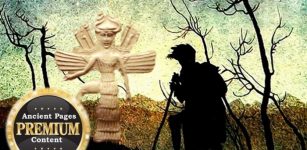 Ancient Flying Canoes And Magic In The Pacific – Arrival Of Strange People – Part 1
Featured Stories | Jan 28, 2020
Ancient Flying Canoes And Magic In The Pacific – Arrival Of Strange People – Part 1
Featured Stories | Jan 28, 2020 -
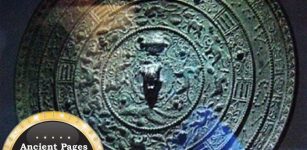 Mystery Of Ancient “Magical” Mirrors – Some Of The Strangest Objects In The World
Artifacts | Apr 21, 2011
Mystery Of Ancient “Magical” Mirrors – Some Of The Strangest Objects In The World
Artifacts | Apr 21, 2011 -
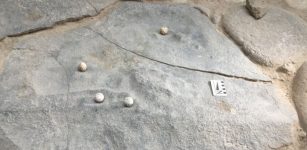 Mysterious Stone Spheres Could Be From Ancient Greek Board Game – Scientists Say
Archaeology | Sep 30, 2022
Mysterious Stone Spheres Could Be From Ancient Greek Board Game – Scientists Say
Archaeology | Sep 30, 2022 -
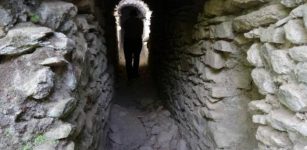 Huge Round Ancient Sewer System Covering 160,000 Square Meters Discovered In Ancient City Of Mastaura
Archaeology | Apr 25, 2022
Huge Round Ancient Sewer System Covering 160,000 Square Meters Discovered In Ancient City Of Mastaura
Archaeology | Apr 25, 2022 -
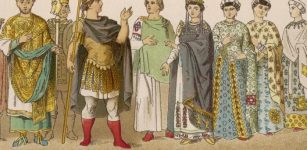 Justinianic Plague: Modeling Study Challenges Death Rate And Severity Of Infectious Disease
Archaeology | May 4, 2020
Justinianic Plague: Modeling Study Challenges Death Rate And Severity Of Infectious Disease
Archaeology | May 4, 2020 -
 Legendary Grianán Of Aileach Built By God Dagda Of Tuatha De Danann Was Once The Royal Seat Of The Kingdom Of Ailech
Featured Stories | May 13, 2021
Legendary Grianán Of Aileach Built By God Dagda Of Tuatha De Danann Was Once The Royal Seat Of The Kingdom Of Ailech
Featured Stories | May 13, 2021
